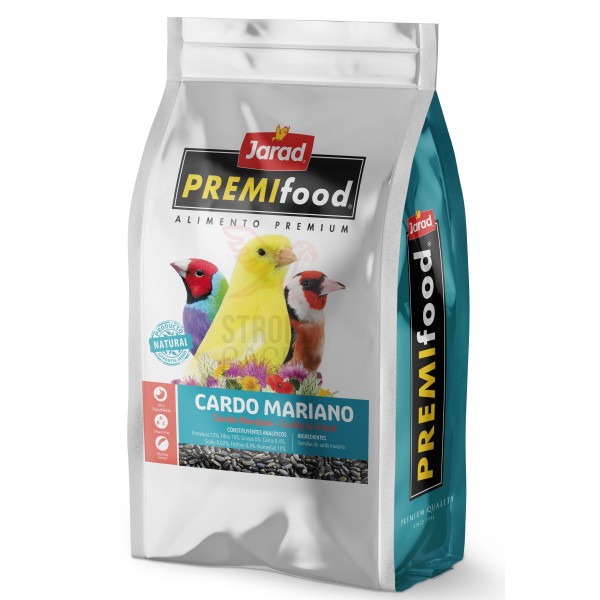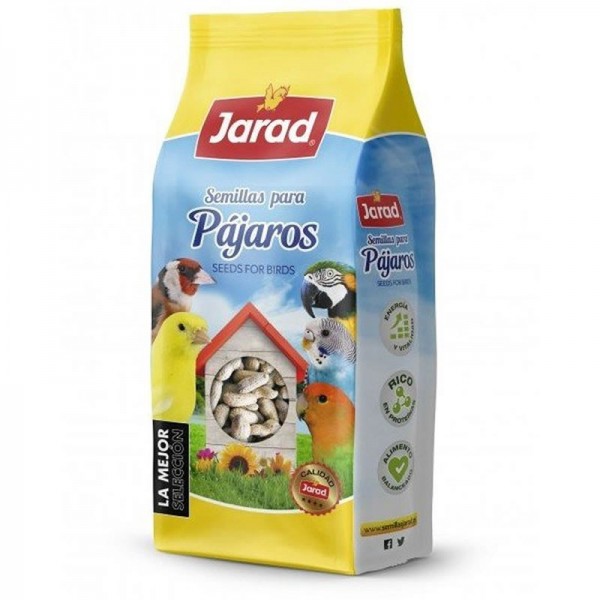
Semilla de Cardo Mariano (Excelente protector hepático)
2.04€
Semilla de Cardo Mariano (Excelente protector hepático)
- Availability: In Stock
- Brands Jarad
- Model 923
2.04€
Available Options
Entrega gratuita para pedidos superiores de 50€ (España Peninsular)
Elije tu forma de pagar





























